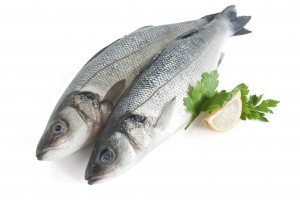Smoked, dried, fermented, and salted fish and seafood
Smoked fish are usually prepared from fresh deep frozen or frozen fish that are dried directly or after boiling, with or without salting, by exposing the fish to freshly-generated sawdust smoke. Dried fish are prepared by exposing the fish to sunlight or drying directly or after boiling in a special installation; the fish may be salted prior to drying. Salted fish are either rubbed with salt or placed in a salt solution. This manufacturing process is different from marinated and pickled fish. Cured fish is prepared by salting and then smoking fish. Examples include: salted anchovies, shrimp, and shad; smoked chub, cuttlefish and octopus; fish ham; dried and salted species of the Gadidae species; smoked or salted fish paste and fish roe; cured and smoked sablefish, shad, and salmon; dried shellfish, dried bonito (katsuobushi), and boiled, dried fish (niboshi).
Natural solutions for smoked, dried, fermented, and salted fish and seafood
Niseen®-S for smoked, dried, fermented, and salted fish and seafood
Benefits
- Controls Gram-positive bacteria that cause spoilage.
- Extends shelf life.
Niseen®-S10 for smoked, dried, fermented, and salted fish and seafood
Benefits
- Controls Gram-positive bacteria that cause spoilage.
- Extends shelf life.
Epsiliiseen®-D for smoked, dried, fermented, and salted fish and seafood
Benefits
- Controls Gram – positive, Gram – negative bacteria, yeasts and moulds, especially Gram – negative bacteria.
. - Extends shelf life.
Epsiliiseen®-H for smoked, dried, fermented, and salted fish and seafood
Benefits
- Controls Gram – positive, Gram – negative bacteria, yeasts and moulds, especially Gram – negative bacteria.
. - Extends shelf life.

